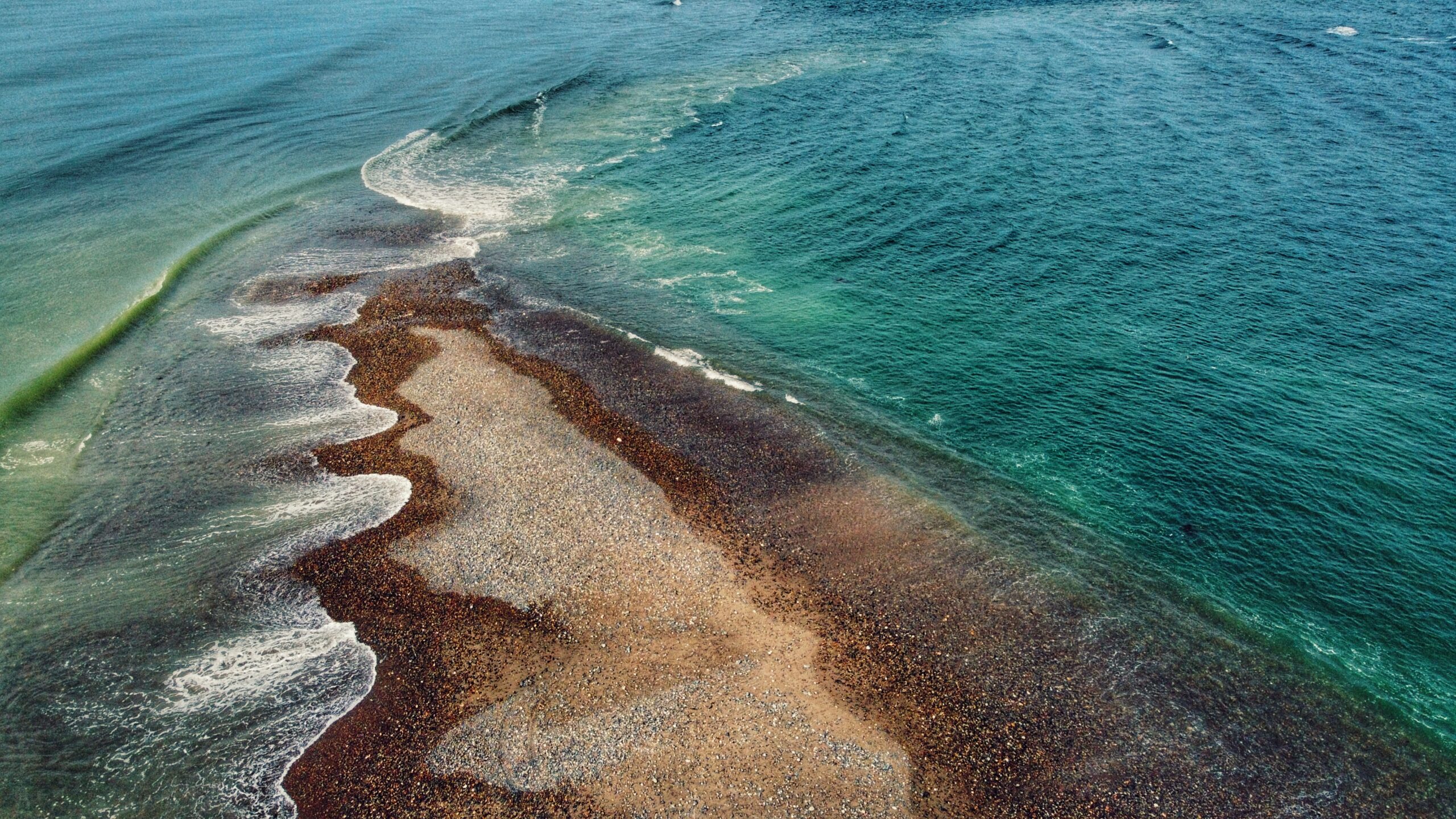ROSE SPIT FEATURES
Edge of the World
Haida Creation Story
Crab and clam harvesting
ABOUT
Located on the northeastern tip of Graham Island, and wholly within Naikoon Provincial Park, Rose Spit is perhaps best described as a long beach walk rather than a trail hike.
To begin your North Beach trek towards “the Spit,” walk down the dirt road from the Hiellen Cabins and onto the beach: You are now at the trailhead/start of your epic walk to Rose Spit.
At 18 kilometres one-way, a proper walk out to the precipice should be well timed on a falling tide because the last few kilometres do get submerged by the waves on a high tide. Thus, walk only as far as you believe to be reasonable – you are completely at the mercy of the tides here!
While the hike to Rose Spit is entirely on flat ground, the hard sand and, later, pebbly beach are surprisingly tough on one’s feet! Be sure to wear comfortable footwear, otherwise, the long hike back to Towhill Road and the Hiellen Cabins could be a rather painful affair. Still, the hike is well worth the effort because there’s surprisingly a lot to see.
As you walk along North Beach, you’ll undoubtedly notice plenty of vehicle traffic. The majority will be trucks and ATVs, but it’s not uncommon to see standard-size vehicles on the beach as well! Most are joyriding – enjoying the endless kilometres of sandy beach – but some are also gathering traditional foods like cockles, razor clams and Dungeness crab. If you’re lucky, one of the locals just might show you how to catch a deceptively speedy razor clam, or offer up a freshly caught crab – true gifts of the sea!
At about the 5-kilometre mark, you’ll come upon one of this area’s unnatural attractions: The small shipwreck of the Kelly Ruth, which has been here since 1994. Like the larger Pesuta along East Beach, the Kelly Ruth is surprisingly photogenic, offering many unique angles and contrasts with the natural landscape.
It is also at this point, if you’ve chosen to drive onto the beach using a small vehicle, that we’d advise you stop and walk the rest of the way to Rose Spit because the compact sand begins to give way to a pebbly beach much more suited to ATVs and 4×4 trucks.
Approaching the end of Rose Spit, things begin to come into perspective. Turn around and view Tow Hill: It looks so small off in the distance. Now, turn back around and look at the edge of the world. Roughly a kilometre wide at the forest’s edge, Rose Spit narrows to just a few feet before disappearing beneath the waves of the Pacific Ocean.
As you stand here at the precipice of Haida Gwaii, you have the wind at your back; Dixon Entrance and North Beach on your left; and, the Hecate Strait and East Beach on your right. The pebbly Spit, wet sand and unique agates rest at your feet. When you’re out here, it’s easy to enjoy the cool sea breeze and rejuvenating wind . . . and then you notice a clam shell at your feet.
Rose Spit is a place of high cultural significance to the Haida. The area figures prominently in their creation stories. As told in the story “Raven and the First Man,” Raven found himself alone day, flying over Rose Spit.
Landing on the beach, Raven noticed “an extraordinary clamshell at his feet, and protruding from it were a number of small creatures.” He coaxed them out of the shell and, even though some were hesitant, “they emerged from the partly open clamshell to become the first Haida.”
This important creation story is beautifully captured in Bill Reid’s “Raven and the First Men” carving at the UBC Museum of Anthropology.
Knowing the Haida Creation Story adds a layer of complexity to one’s Rose Spit experience. For us, it makes this so much more than a beach walk or a place to observe rare plants like Sea Bluebells.
It brings into synthesis Haida culture, history, myth and physical geography. Standing at the tip of Rose Spit and looking back toward Tow Hill, we cannot help but come to a stark realization: No matter how imperfect we are, we each have a place in this world and we owe it to ourselves to protect it.
DIFFICULTY: Moderate
TOTAL DISTANCE: 36 kilometers (return)
TIME: 12 hours
TYPE: Out-and-Back
ELEVATION GAIN: None





